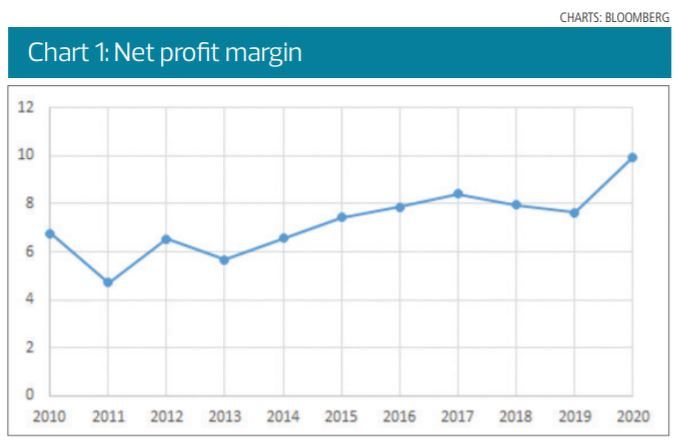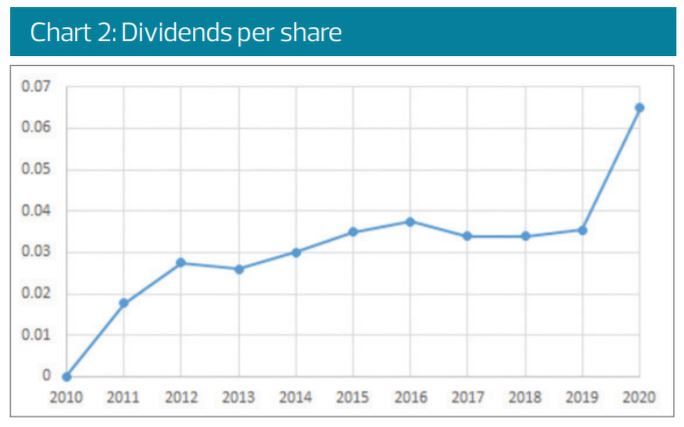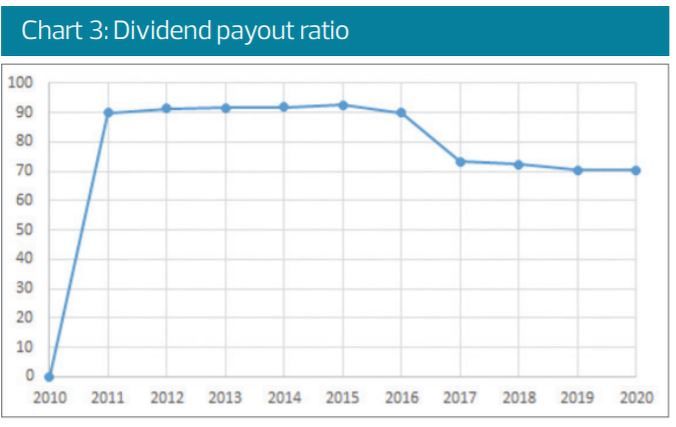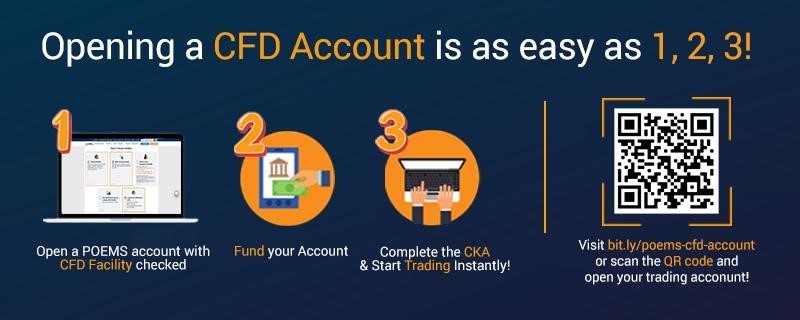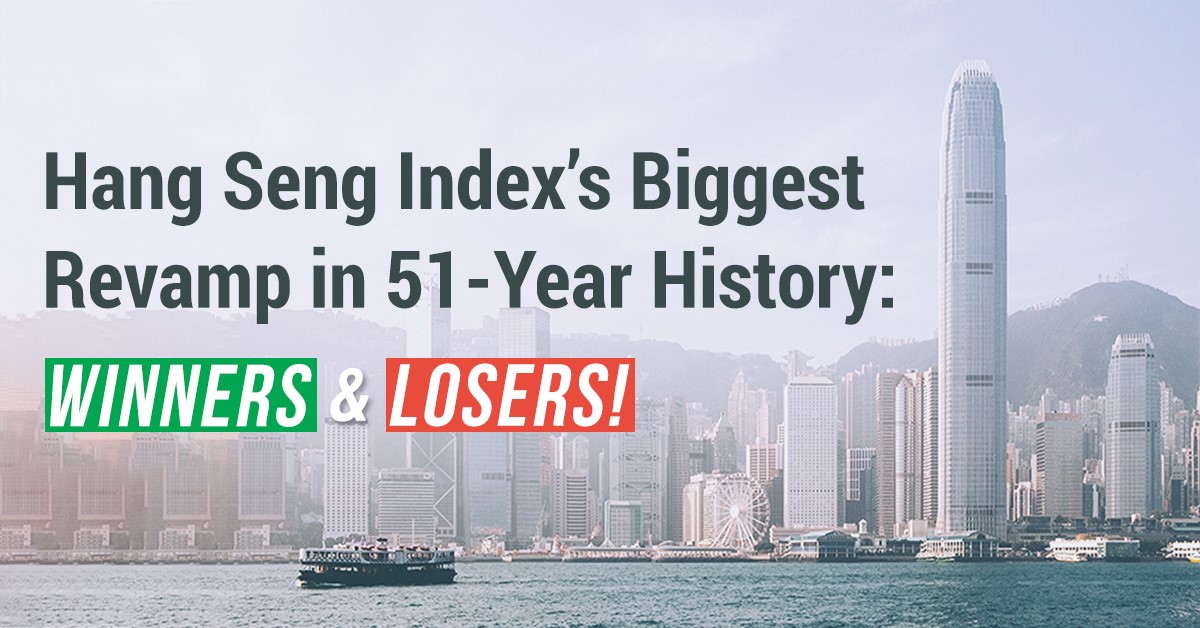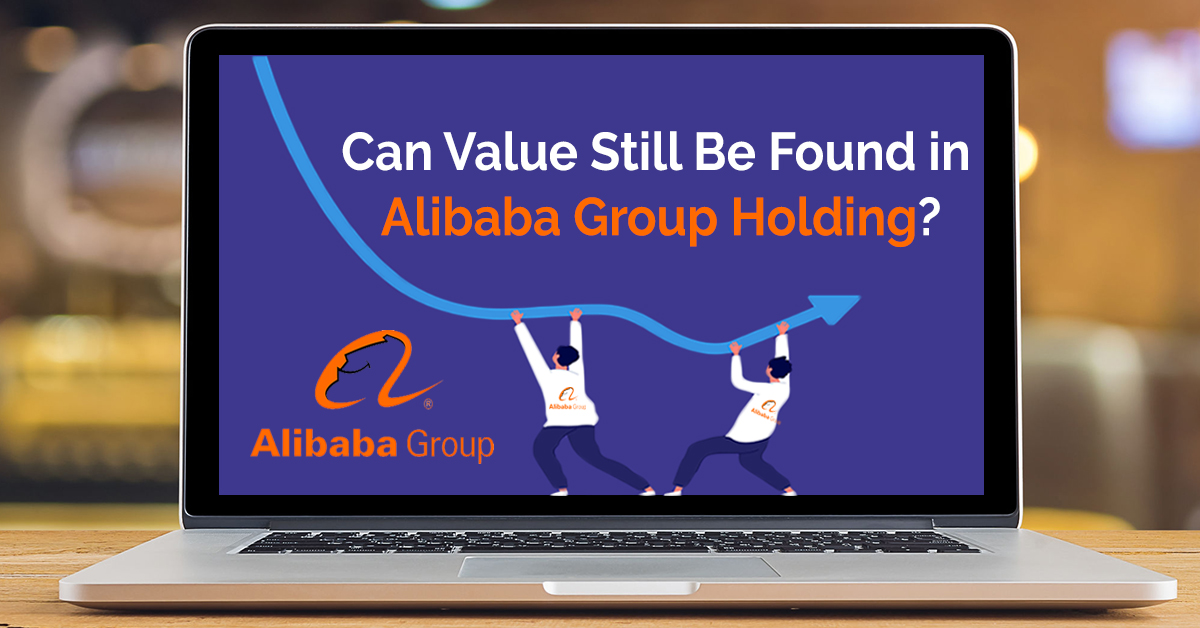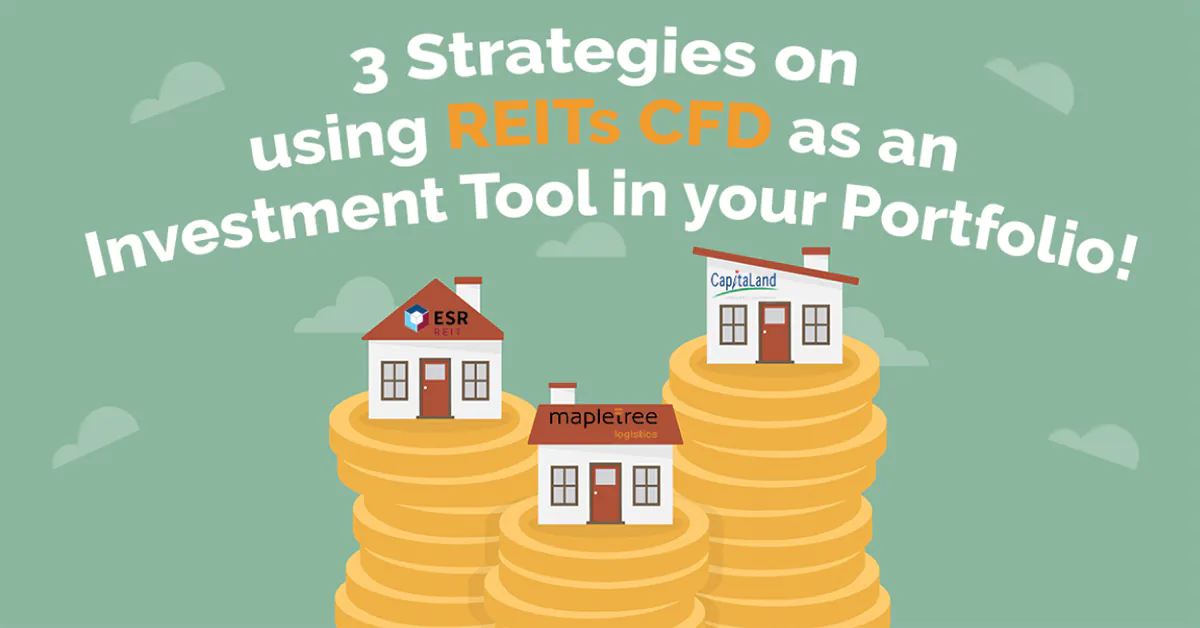How to derive passive income from stocks?
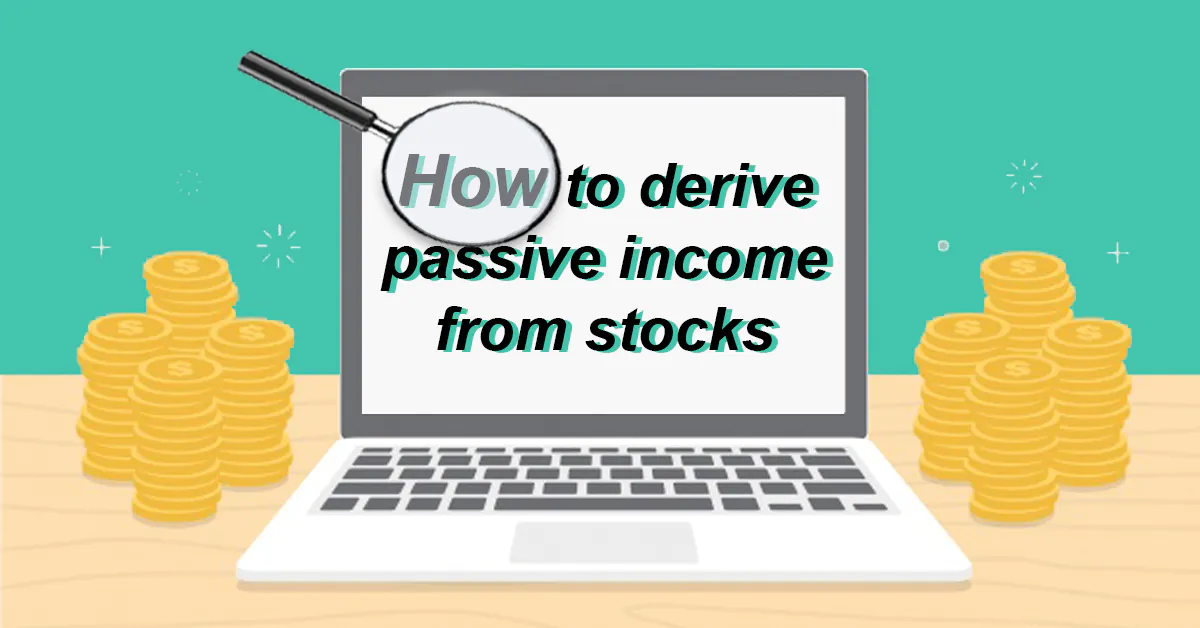
Mike Ong, Senior Dealer
Mike is a member of the largest dealing team that specialises in equities, ETFs, CFDs and bonds in Phillip Securities, managing 50,000 client accounts. He believes in investing long term for passive income and evaluates stocks using fundamentals. He is currently the Chief Editor of the HQ Education Series that aims to equip clients with the tools and skill sets to make better-informed investing and trading decisions.
In his free time, he enjoys educating himself on long-term investments and short-term trading as well as keeping up with the latest market news.
Chua Minghan, Assistant Manager, Dealing
Chua Minghan graduated from the National University of Singapore with a Bachelor’s degree in Economics. He is passionate about education and went on to get a post-grad Diploma in teaching. His vision is to educate clients to make informed decisions for their trading and investments.
Minghan enjoys learning fundamental analysis, technical analysis, and strives to use data analysis to improve his trading skills.
This article was first published in The Edge on 25 June 2021.
Reproduced by permission of The Edge Publishing Pte Ltd. Copyright © 2021 The Edge Publishing Ptd Ltd. All Rights Reserved Worldwide.
Would you like to own shares in a business that consistently gives you income even in bad times? Are you overwhelmed by stock recommendations in the market and on the Internet?
Fret not. Read on to learn how to select stocks that can give you steadfast passive income through the years.
Dividend stocks are one of the simplest ways for investors to get passive income. Dividends are part of the earnings of a company that are given to shareholders.
Below are six pointers to help you identify businesses that can potentially give you a steady stream of passive income.
Stable net profits margins
A good business is able to earn money consistently. Track this by looking at a company’s net profit margins. A company’s net profit margin is calculated by net profit divided by revenue. By plotting a company’s net profit margins over several years, you will be able to see the margin trend and form an idea of whether its earnings are sustainable.
Dividend history
With stable net profits, businesses can afford to pay consistent dividends. Choose a business that not only earns stable net profits but has a history of consistently rewarding its shareholders with dividends.
In the market, there are stocks known as dividend stocks with a track record of paying regular dividends to shareholders. These are usually well-established and creditworthy companies with strong management teams and consistent earnings growth. Their dividends are most commonly issued as cash distributions at regular intervals such as every quarter, every half a year or every year.
Dividend payout ratio
When businesses pay out dividends, you want to make sure that they are not paying beyond what they can bear. Dividend payout ratios are calculated by dividing annual dividends per share by earnings per share.
Some businesses pay more than 100% of their earnings in a year to shareholders. This is not always appreciated by investors, as cash flowing into the business is less than what is being paid out. The high dividends, therefore, may not be sustainable in the long run. Ensure that the company you choose pays out less than 100%. By doing so, it can use its remaining cash to reinvest in the business for growth or keep it for rainy days.
Stable free cash flow
If you are a dividend investor, pay particular attention to a company’s free cash flow. Earnings are not always a good indicator of dividend sustainability. A company can be profitable but have little cash available for distribution.
As dividends are paid in cash, it is necessary to make sure that the company is generating more than enough free cash to pay dividends.
Free cash flow is the cash available to a company after accounting for cash outflows to support its operations and maintain its capital assets.
Companies with sufficient cash tend to be able to maintain or expand their business as well as pay consistent or growing dividends to shareholders.
Interest coverage ratio
Interest coverage ratio is calculated by dividing EBIT over interest expense.
EBIT refers to earnings before interest and taxes and can be found in the annual reports of companies. As a business borrows money to fund growth, it is required to pay interest on its borrowing. This is an interest expense. A business with solid, consistent earnings is generally able to service its interest payments comfortably.
You may select businesses with interest coverage of 2.5 or more which indicates a company has more than enough cash to pay off its interest.
Type of industry
In good times, consumers are more willing to spend on goods and services such as branded goods or overseas holidays. These boost the revenue of businesses that sell luxurious items or are in the tourism trade.
In bad times, consumers will cut down on their discretionary spending and conserve cash. They will spend only or largely on essentials.
But good times or bad, we all need to buy essential items such as toiletries and food staples. Hence, you may look for companies that supply essentials to invest in.
Putting it altogether
A good example of a business that meets our criteria is Sheng Siong Group. Practically all Singaporeans know about this supermarket operator.
But before we start, please note that this example is for education purpose only and not a call to buy or sell.
Sheng Siong’s grocery stores are scattered over various heartlands in Singapore. It runs the third-largest supermarket chain in Singapore, backed by an extensive distribution network and food-processing and warehousing facilities.
Let us look at how Sheng Siong fares in the six indicators.
Firstly, there is stable net profit margins. As illustrated in Chart 1, Sheng Siong’s net profit margins have been stable. They are, in fact, increasing.
Secondly, the chain pays consistent dividends. As illustrated in Chart 2, dividends per share —which give you passive income — are also rising.
Finally, the dividend payout ratio is less than 100% (see Chart 3).
Sheng Siong shares whatever profits it makes with shareholders within its means.
Its dividend payouts have been below 100%. Another appeal is that as its dividends increase, its payout ratio is decreasing. This signifies that its earnings are increasing at a faster rate.
Sheng Siong is thus able to use its excess cash to grow its business or keep cash reserves for the rainy day. Sheng Siong’s interest coverage ratio meets our criterion of more than 2.5 (see Chart 4). In fact, there were years when Sheng Siong had no interest expenses. It did not have to borrow huge amounts of money to fund or develop its business.
Last but not least, recall that people need to buy groceries and necessities through thick and thin.
During the pandemic last year — which forced many to work and eat at home — Sheng Siong reported bumper earnings. This was thanks to its sales of fresh and chilled produce as well as general merchandise such as toiletries and household products, whose demand skyrocketed.
This brings us to our last indicator, which is non-cyclical industries.
Are you ready for the dive? Now that you have our guide on stock selections for passive income, take action immediately. Look up company annual reports to begin your investing journey!
We hope this article provides you with an overall view of deriving passive income from stocks. Be sure to check out our other articles and free webinars and courses.
If you have any questions on trading or investing, drop us an email at cfd@phillip.com.sg and we will be glad to assist you through your investment journey.
Trade on our award-wining suite of POEMS Platform. Open a CFD Account now!
References
[1] Data charts from Bloomberg
More Articles
Hang Seng Index's Biggest Revamp in 51-Year History: Winners & Losers
Did you know that the Hang Seng Index is going through its biggest revamp? Read our latest article to find out more!
Can Value Still Be Found in Alibaba Group Holding?
Facing antitrust investigations and regulatory issues, is there still value to be found in Alibaba Group Holding? Read our article to find out more on Alibaba’s fundamentals!
3 Strategies on using REITs CFD as an Investment Tool in your Portfolio
Read this article to find out 3 different strategies on how you can use REITs CFD as an investment tool to optimize your portfolio!
Disclaimer
This material is provided to you for general information only and does not constitute a recommendation, an offer or solicitation to buy or sell the investment product mentioned. It does not have any regard to your specific investment objectives, financial situation or any of your particular needs. Accordingly, no warranty whatsoever is given and not liability whatsoever is accepted for any loss arising whether directly or indirectly as a result of your acting based on this information.
Investments are subject to investment risks. The risk of loss in leveraged trading can be substantial. You may sustain losses in excess of your initial funds and may be called upon to deposit additional margin funds at short notice. If the required funds are not provided within the prescribed time, your positions may be liquidated. The resulting deficits in your account are subject to penalty charges. The value of investments denominated in foreign currencies may diminish or increase due to changes in the rates of exchange. You should also be aware of the commissions and finance costs involved in trading leveraged products. This product may not be suitable for clients whose investment objective is preservation of capital and/or whose risk tolerance is low. Clients are advised to understand the nature and risks involved in margin trading.
You may wish to obtain advice from a qualified financial adviser, pursuant to a separate engagement, before making a commitment to purchase any of the investment products mentioned herein. In the event that you choose not to obtain advice from a qualified financial adviser, you should assess and consider whether the investment product is suitable for you before proceeding to invest and we do not offer any advice in this regard unless mandated to do so by way of a separate engagement. You are advised to read the trading account Terms & Conditions and Risk Disclosure Statement (available online at www.poems.com.sg) before trading in this product.
Any CFD offered is not approved or endorsed by the issuer or originator of the underlying securities and the issuer or originator is not privy to the CFD contract. This advertisement has not been reviewed by the Monetary Authority of Singapore (MAS).





